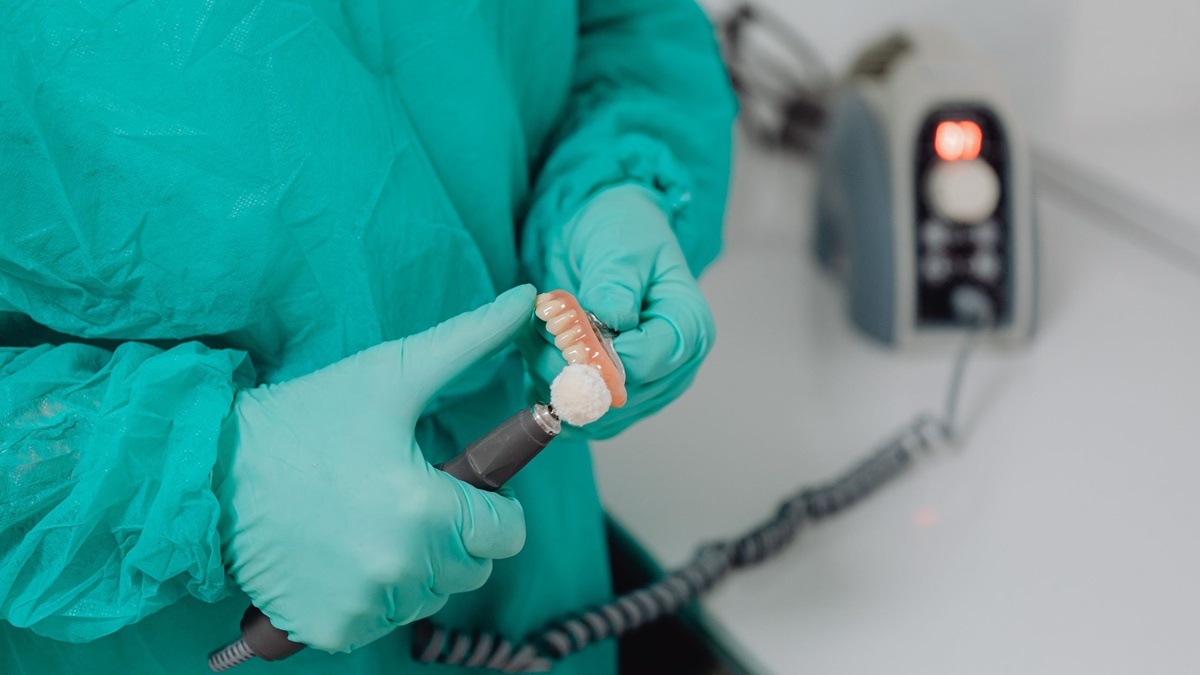Missing teeth can affect more than a smile. They can impact chewing, speech, and confidence. It’s no surprise that many patients come to us asking how long they can wait between a bone graft and placing a dental implant. The timing matters, and understanding the healing process helps ease the mind and support better decision-making.
When a tooth has been lost, the jawbone in that area often begins to shrink. A bone graft helps rebuild the bone so it can support a future dental implant. But one of the most common questions is, how much time is safe to wait before moving to the next step? Patients looking for Dental Implants in Rockville MD, often face this concern, especially when dealing with past trauma, infection, or long-standing tooth loss.
Why Bone Grafting Comes First
Before a dental implant can be placed, the jawbone must have enough volume and density to hold the titanium post. Bone grafting provides this needed foundation. Whether the graft uses synthetic materials, donor tissue, or your own bone, the goal is the same: stimulate new growth and prepare the jaw for a stable restoration.
Bone grows slowly. After grafting, the area must heal, and the graft must fuse with the existing bone. This is known as osseointegration. The waiting period gives your body time to rebuild the structure needed to anchor the implant properly.
The Healing Timeline After Bone Graft
The average healing time after a bone graft varies. Most cases fall between 3 to 6 months, depending on several factors:
- Size of the bone defect: Larger grafts usually need more healing time.
- Type of graft material: Autografts (from your body) may integrate quicker than allografts (donor bone).
- Location in the mouth: The Upper jaw bone can be softer, taking longer to rebuild than the denser lower jaw.
- Your overall health: Conditions like diabetes, smoking, or autoimmune issues may slow bone regeneration.
There are situations where bone heals sooner, and others where it may take longer. The maximum time between bone graft and dental implant typically ranges up to 9 months, beyond which the grafted site might begin to weaken again if not used. In some cases, waiting longer may require another grafting procedure before moving forward.
Risks of Delaying Too Long
Putting off the implant after a bone graft can undo the progress made. If the area stays unused for too long, the body might start resorbing the newly formed bone. This is especially true when no chewing force stimulates the area.

- Bone shrinkage: Without stimulation, even grafted bone can begin to deteriorate.
- Gum tissue changes: Over time, gum thickness and height can recede.
- Infection risk: If grafted bone is left unprotected, there’s a higher chance of bacteria invading.
Patients looking for a Dentist in Rockville MD should talk with their provider about timing. Regular follow-ups and imaging help track the healing and determine the right moment to place the implant.
Implant Placement: What to Expect
Once healing is confirmed through X-rays or scans, the dental implant can be placed. This involves inserting a titanium post into the newly formed bone. Over the next several months, the post bonds with the bone through osseointegration, becoming strong enough to support a crown.
The entire process might span 6 to 12 months, but each case is unique. Staying consistent with care and appointments keeps things on track.
What If You Waited Too Long?
If more than a year has passed since the bone graft and no implant has been placed, don’t panic. It may still be possible to proceed with the implant after re-evaluation. In some cases, we may need to repeat a smaller graft or add bone at the time of implant placement.
Our team can use 3D scans to assess bone volume and decide on the next best steps. Delays are not ideal, but they are not the end of the road.
Tips to Support Healing and Implant Success
Here are a few ways to support the healing process between grafting and implant:
- Avoid smoking: Nicotine slows bone healing and reduces blood flow.
- Stick to soft foods: For the first few weeks, avoid chewing on the grafted side.
- Follow post-op care instructions: Keep the area clean and protected.
- Attend all follow-up appointments: Regular monitoring ensures timely implant placement.
- Boost your nutrition: Foods rich in calcium and vitamin D help with bone repair.
Keeping up with these habits helps create a stable environment for the implant and improves long-term success.
Why Timing Should Be Personalized
Every mouth heals differently. While we can suggest general timelines, your case may need adjustments. The key is regular communication and staying on track with your plan. The goal is to place the implant at the ideal time, when the bone is strong, healthy, and ready.
Patients are encouraged to speak openly with their provider about how long they’ve waited or plan to wait. A custom treatment roadmap will guide every step.
Final Thoughts
A bone graft and implant can restore much more than missing teeth. They bring back comfort, bite function, and appearance. Timing between the two steps is important, but manageable when monitored carefully. Most patients heal well and move forward without setbacks.
For those wondering about the maximum time between bone graft and dental implant, a safe estimate is often 6 to 9 months, with flexibility based on healing progress. Staying proactive and informed is key.
We welcome anyone with questions about Dental Implants in Rockville MD to contact our team. We are ready to answer your concerns, evaluate your condition, and help plan your next steps toward restoring your smile.
